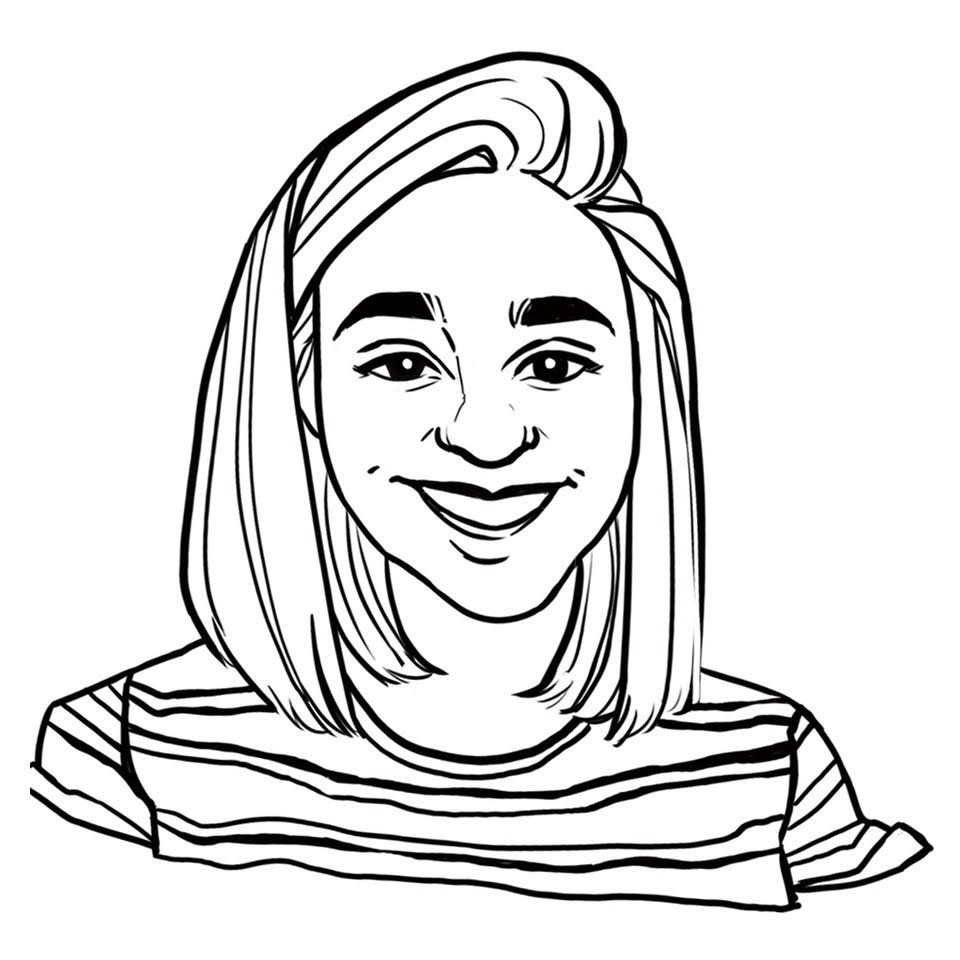Of all the gripping photos to come out of the Twin Cities these past few weeks, the sites of mutual aid present the most unforgettable imagery. I’ve seen fires before; I have never experienced community like this. On the hottest days of the year, volunteers sweat clean through their t-shirts while they pass hundreds of diapers down an assembly line at donation drop-off and pickup spots. The afternoon after the 3rd Precinct burned down, locals tracked the sidewalks with brooms and cleaning supplies. There was free water at every organized protest and sometimes snacks or meals. People here showed up for their neighborhoods day and night. Minneapolis knows how to rally.
The volunteers that assembled this past month were not singularly the result of the killing of George Floyd. The networks that have come out of the woodwork during this time are not a mad-dash response to one incident of police killing. Mutual aid networks existed long before the recent Black Lives Matter protests or the coronavirus pandemic, and they’ll persist until the gaps in the country’s infrastructure — healthcare, welfare, shelter, education — are filled. In the meantime, because society isn’t set up to serve everyone, our ignored communities take care of each other to survive. As Minnesota exhibits some of the worst disparities of racial equality in the country, the roots of community aid run deep.
The Twin Cities’ mutual aid networks, while amazing, are a consequence of structural racism and fixed inequity. They exist to offset a lack of accessible welfare systems. Because the state possesses an offensive amount of power, mutual aid will always be insufficient. Communities shouldn’t be burdened with ensuring their neighbors’ survival when the government has the means to provide resources and security — and is doing so for neighborhoods across the street. Grassroots work is labor. There is no mutual aid model capable of alleviating all of the economic and environmental hardships imposed on a community. Mutual aid networks exist as a necessity, a defensive act but aren’t innately revolutionary. The collective bond, trust and shared values that emerge from mutual aid networks, however, build solidarity. We can’t challenge the forces in place without massive scales of solidarity.
I know my neighbors much better than I did a month ago. The constant chuff of helicopters circling our neighborhood really sped up the “get to know you” process. We stayed on our front stoops, keeping an eye on our block and rubbernecking aircraft, until sunrise every night for a week.
In that period of extreme unrest, community members made meaning out of turmoil. The collaborative efforts to support people, rebuild neighborhoods and pursue a vision of justice and peace represent a city that is organizing for the long haul. More than community as a cosmetic aesthetic, the city’s history of social movements, such as the American Indian Movement, inspires hope that if transformative change can happen, it can start here.
There are no shortcuts. We wouldn’t be in this position right now if there were. The struggle for community power doesn’t end when the cameras stop rolling. On June 7, the Minneapolis City Council announced intentions of disbanding the police department, which looks good on paper. It’s questionable whether this plan will come to fruition without any loopholes. This is why community members — folks with a shared understanding of the community’s value — continue to show up, protest, support and fight for Black lives.
Minneapolis, I love you. Never stop pushing for change. The world will follow.














